🤖✍️ Training Blueprint Architect 🏗📚 - Custom Training Development
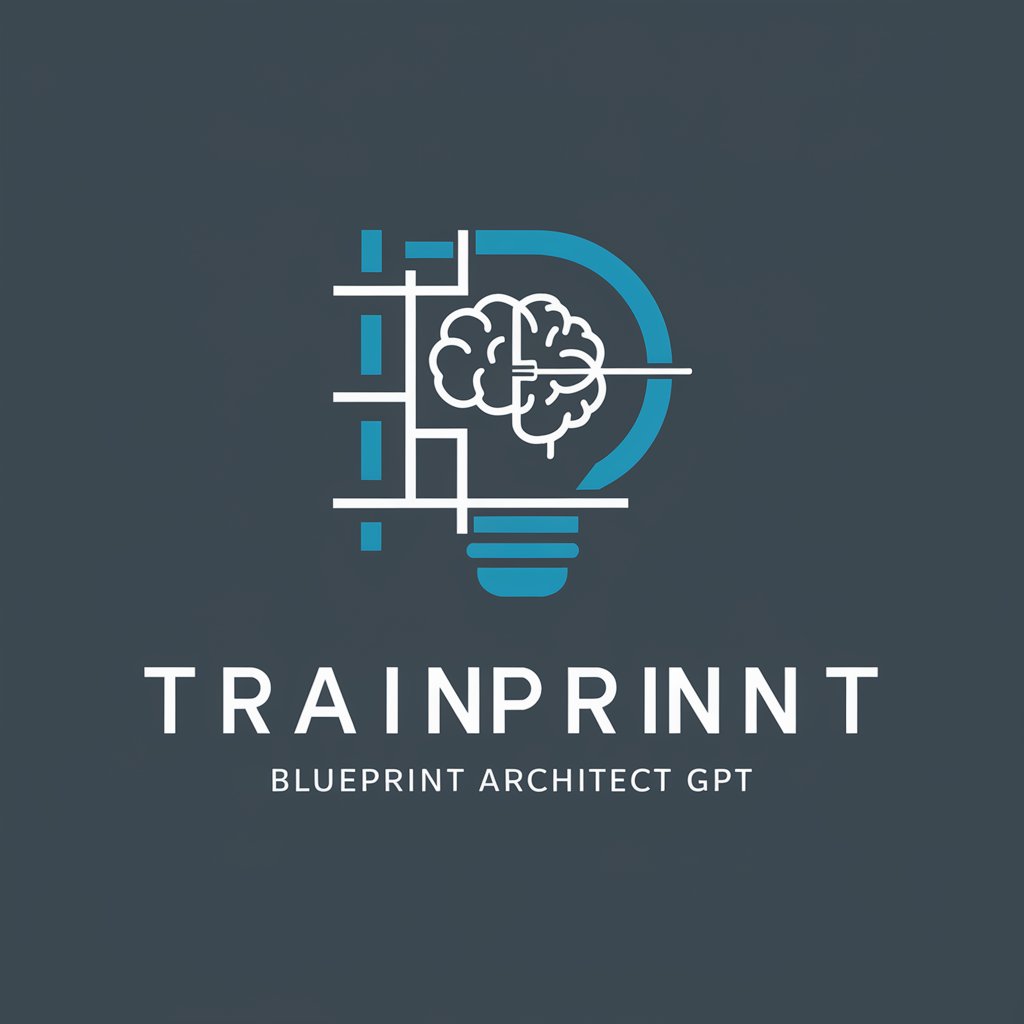
Welcome! Let's build impactful training programs together.
Crafting Tailored Training with AI Precision
Design a training module for effective communication skills in the workplace...
What are the latest trends in corporate training and development...
Create a detailed training plan for new employee onboarding...
Recommend the best practices for assessing employee training outcomes...
Get Embed Code
Introduction to the Training Blueprint Architect
The Training Blueprint Architect is designed to assist organizations in developing and refining their training programs. This role involves collaborating with human resources, training coordinators, and management teams to identify skill gaps and training needs. The primary objective is to craft effective training plans that are aligned with the company's goals and culture, as well as the developmental needs of its employees. This involves a detailed analysis of current training methodologies, the integration of latest educational trends, and the implementation of innovative training solutions. For example, if a company is looking to improve its customer service, the Architect might develop a series of interactive role-playing exercises and simulations that reflect common customer scenarios, enabling employees to practice and refine their service skills in a controlled, supportive environment. Powered by ChatGPT-4o。

Main Functions of the Training Blueprint Architect
Skill Gap Analysis
Example
Conducting surveys and assessments within a sales department to identify areas where sales representatives need improvement, such as product knowledge or negotiation skills.
Scenario
In a technology firm, identifying a lack of up-to-date knowledge about new software products among the sales team, leading to the development of a targeted training program.
Custom Training Program Design
Example
Creating a series of e-learning modules for a remote workforce focused on digital security practices.
Scenario
For a multinational corporation, designing a multilingual training platform that includes gamified learning experiences to engage employees across different regions.
Interactive Content Creation
Example
Developing an interactive onboarding program for new hires that includes virtual reality tours of the company, quizzes, and role-play exercises.
Scenario
In a healthcare setting, creating a simulation-based training module for emergency response procedures, allowing staff to practice in a risk-free environment.
Training Effectiveness Assessment
Example
Implementing pre- and post-training assessments to measure the knowledge and skills of employees, using analytics to refine future training.
Scenario
After rolling out a new customer service training program, analyzing customer satisfaction scores and employee feedback to gauge the program's impact and areas for improvement.
Ideal Users of the Training Blueprint Architect Services
Human Resource Professionals
HR professionals are crucial users as they often spearhead training initiatives within organizations. They can leverage the Architect's expertise to develop comprehensive onboarding programs for new employees, continuous learning opportunities for existing staff, and leadership development programs for high-potential individuals.
Training Coordinators
These individuals are responsible for the logistical aspects of delivering training programs. They can benefit from the Architect's ability to create engaging, effective training content that can be delivered across various platforms, ensuring accessibility and consistency in training delivery.
Management Teams
Managers and supervisors play a key role in identifying the need for training and supporting their team's development. They can use the Architect's services to identify specific training needs within their teams, tailor training programs to address those needs, and track the progress and effectiveness of these initiatives.

Guidelines for Using Training Blueprint Architect
Start Your Journey
Begin by visiting yeschat.ai to access a free trial, no login or ChatGPT Plus required.
Identify Training Needs
Use the Training Blueprint Architect to analyze and identify skill gaps and training requirements within your organization.
Customize Training Plans
Leverage the tool to create custom training programs, aligning them with your company's goals and culture.
Utilize Interactive Tools
Engage in creating interactive content, including quizzes, simulations, and role-playing exercises for effective learning.
Evaluate and Adapt
Regularly assess the effectiveness of the training programs and make adjustments as needed for continuous improvement.
Try other advanced and practical GPTs
🚀 HR Tech Innovator Guru 🤖
Empowering HR with AI Innovation
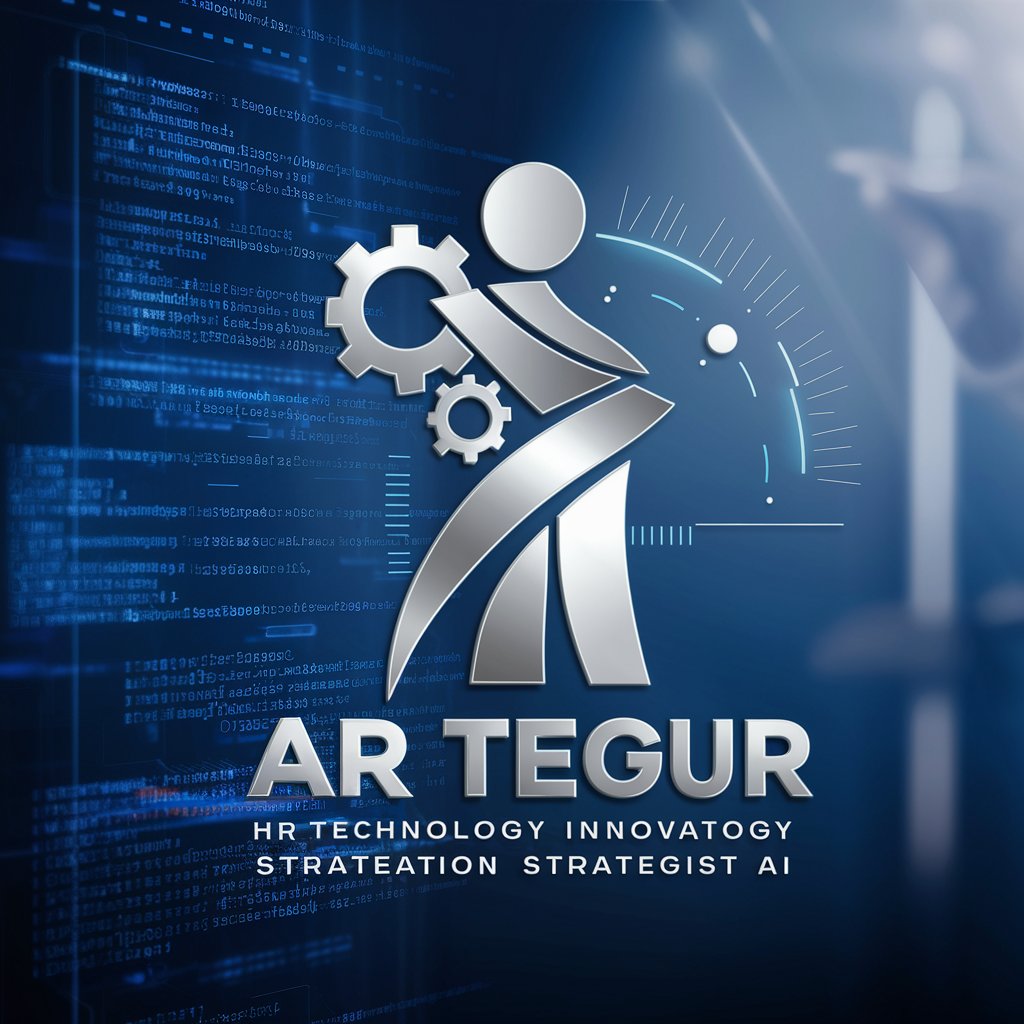
🧑💼 Workforce Insight Navigator 📈
Elevating Workforce Management with AI

🏝️ WorkZen HR Pathfinder 🧘
Empower HR with AI-Driven Wellness Insights

🧳✨ Talent Mobility Maestro GPT
Streamlining Employee Relocations with AI
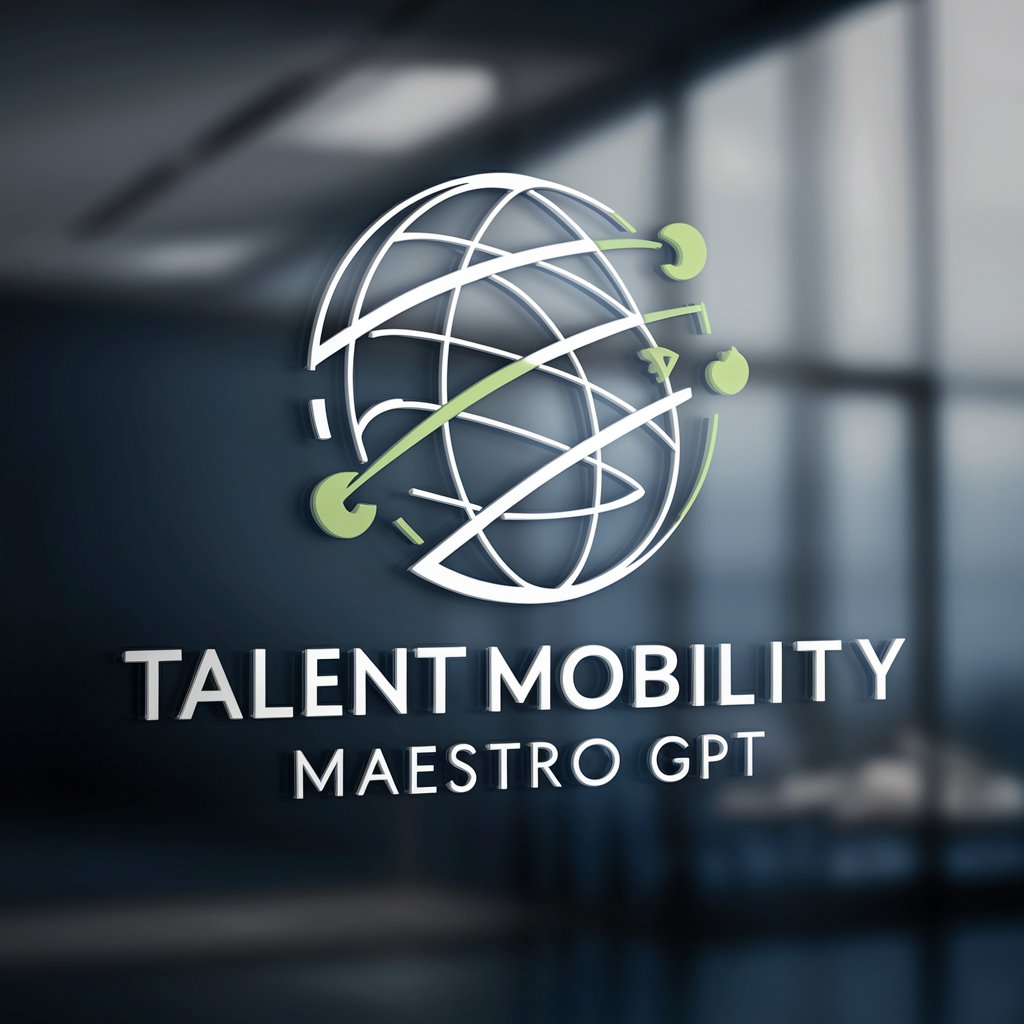
🌟 HR Branding Powerhouse 🌟
Elevate Your Employer Brand with AI

🔄 Agile Strategy Transformer 🔄
Empowering Businesses with AI-Driven Transformation
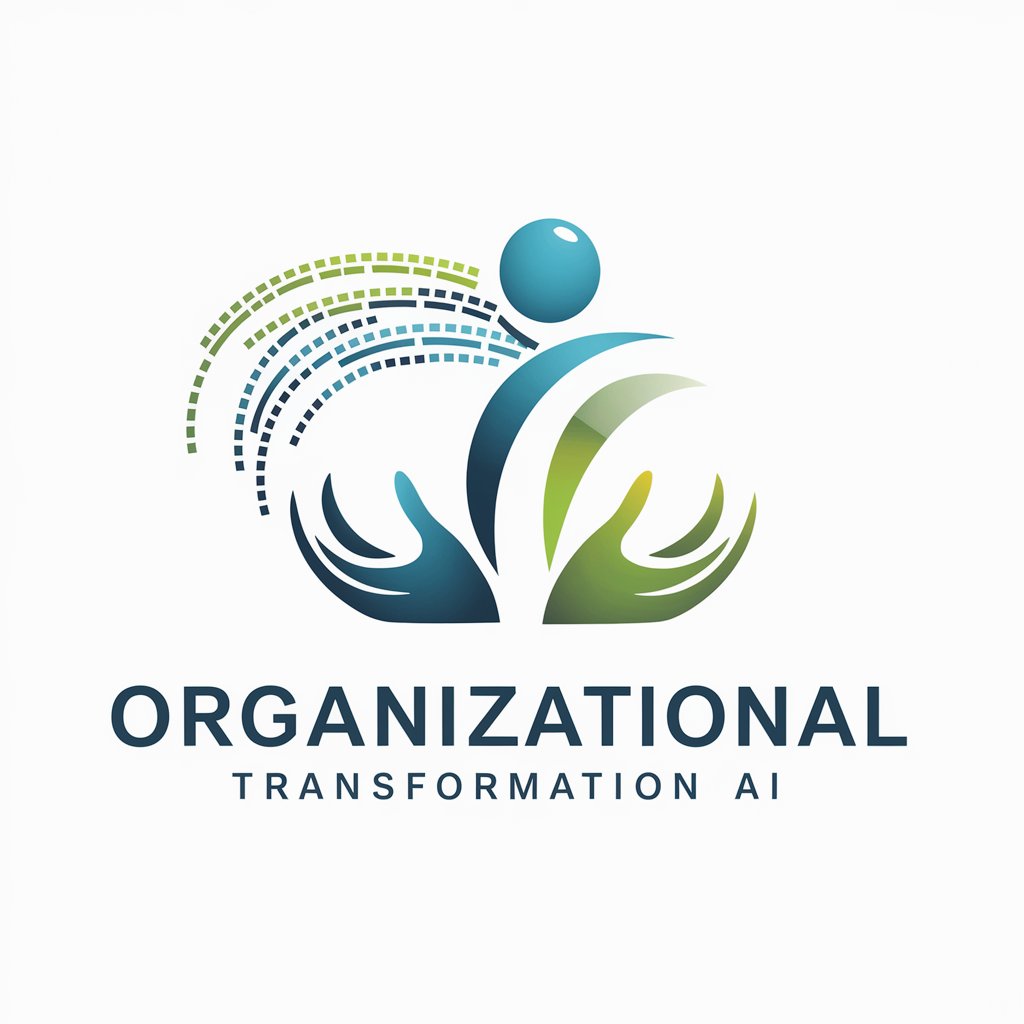
🚀 HR Branding Power-Boost GPT 🌟
Elevating Employer Brands with AI
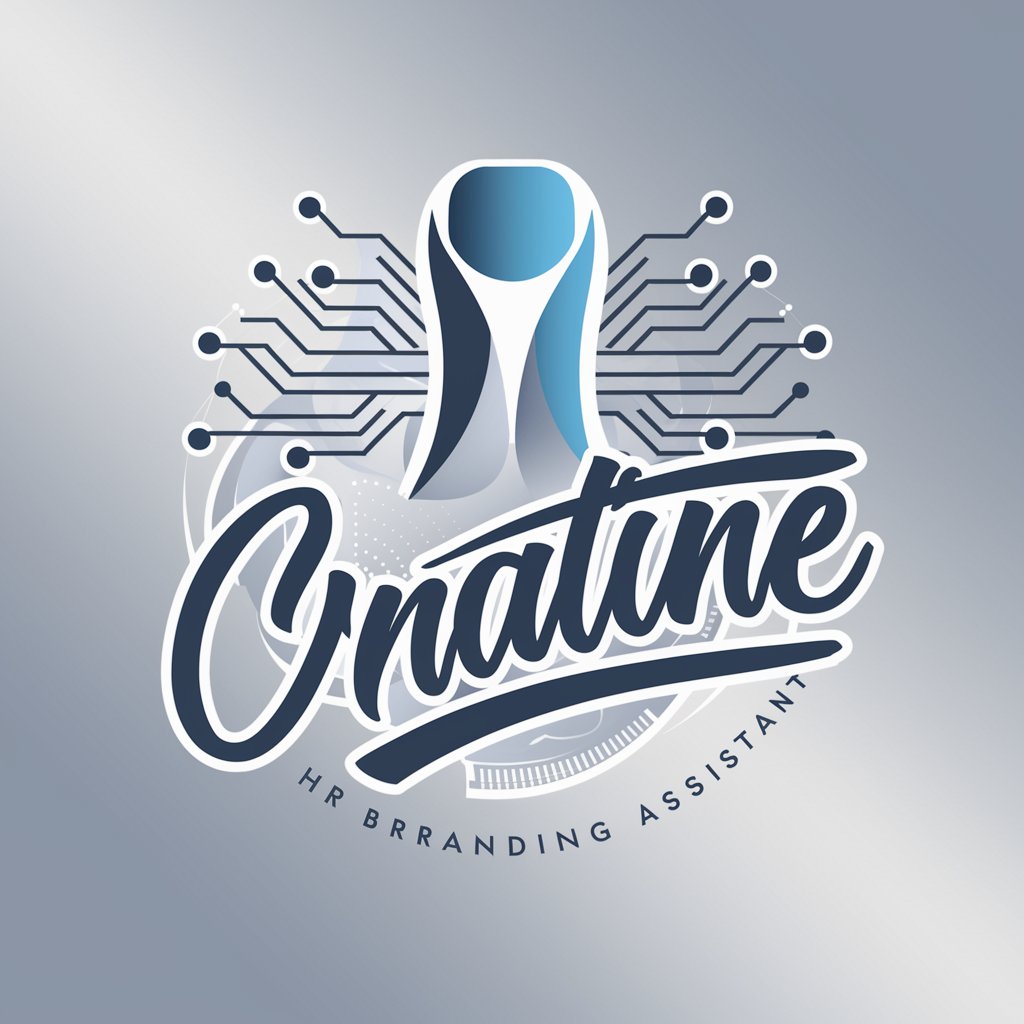
🎒✈️ ReloCareer Pathfinder 🚚🌍
Navigate your career and relocation journey with AI-powered insights.
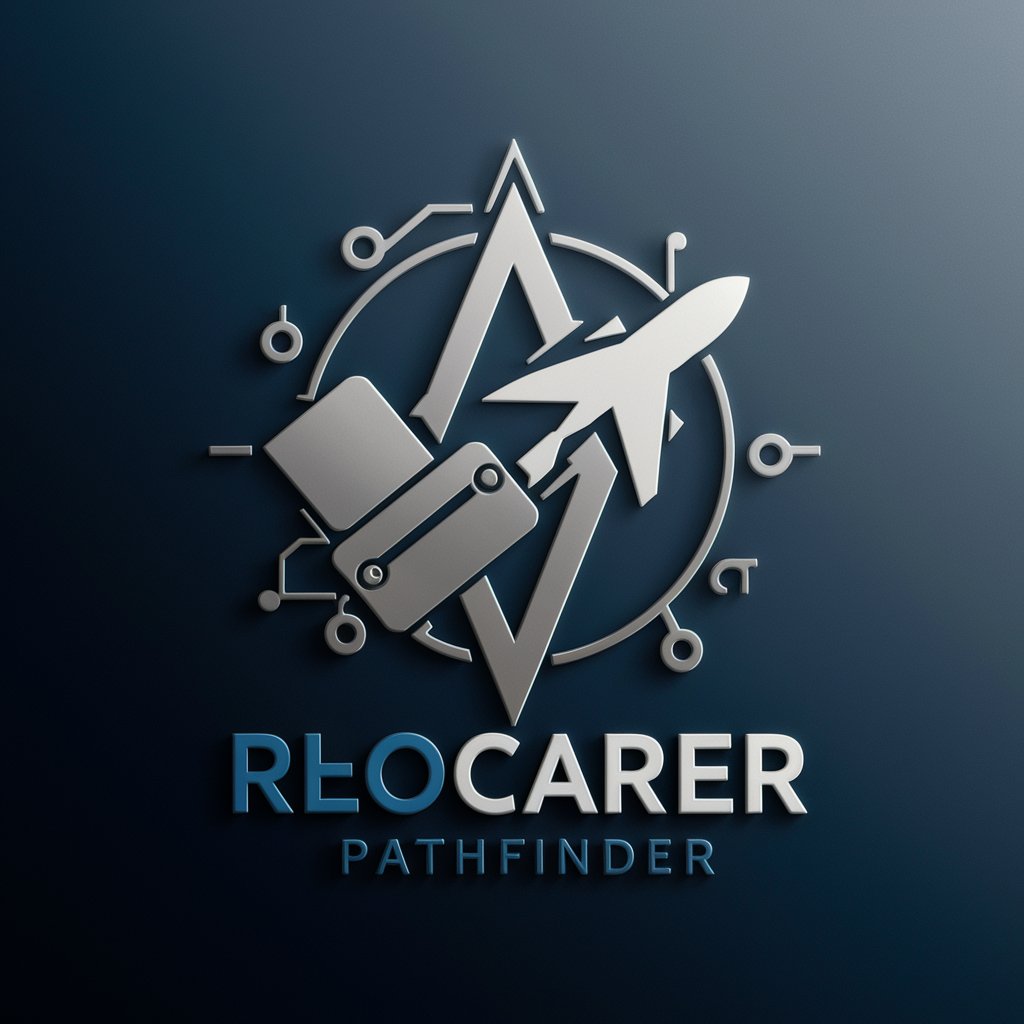
👥🌿 WorkWell Wellness Assistant
Empower wellness with AI-driven insights

👥 Workforce Enhancer AI 🚀
Empowering Workforces with AI

Effortless HR Tech Integrator 🤖💼
Streamline HR tech integration effortlessly with AI-powered support.
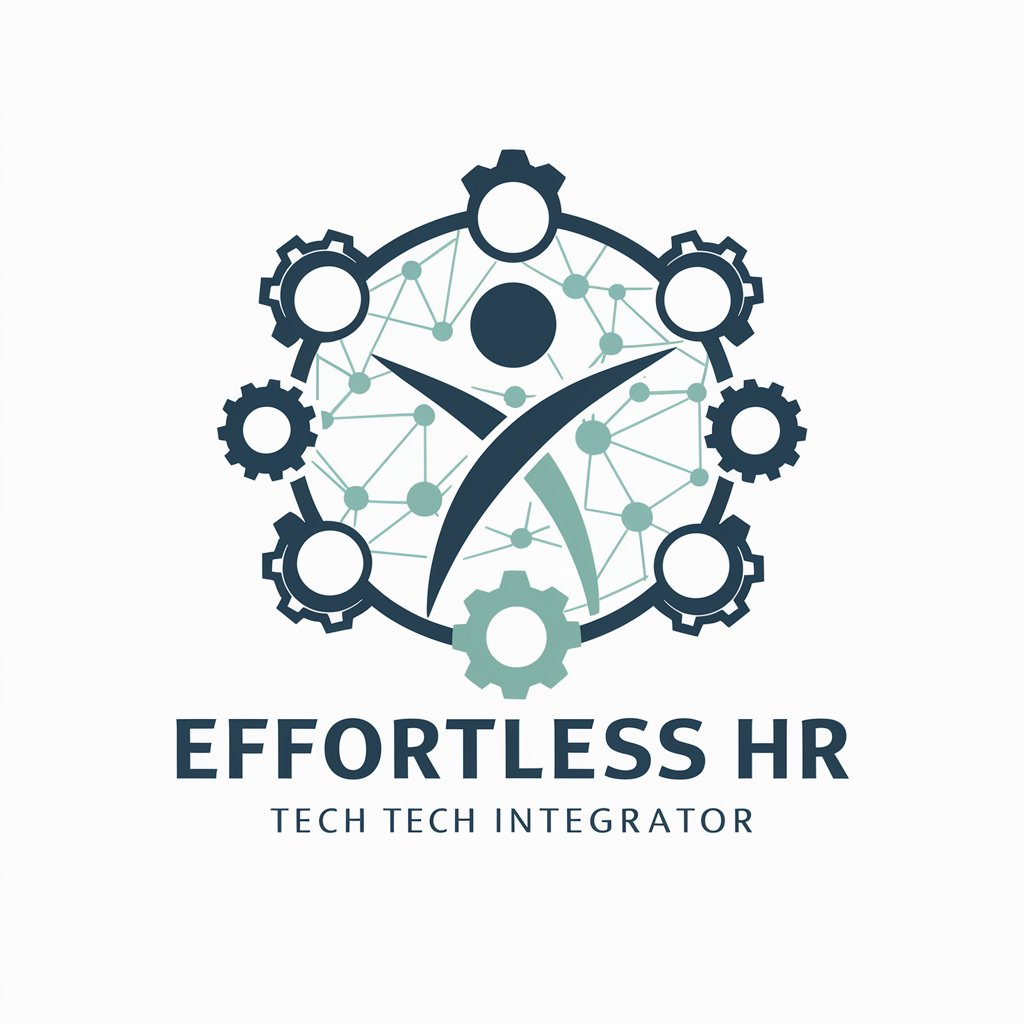
🧠 Corporate Skills Insight Wizard 📈
Empower Your Workforce with AI-Driven Insights
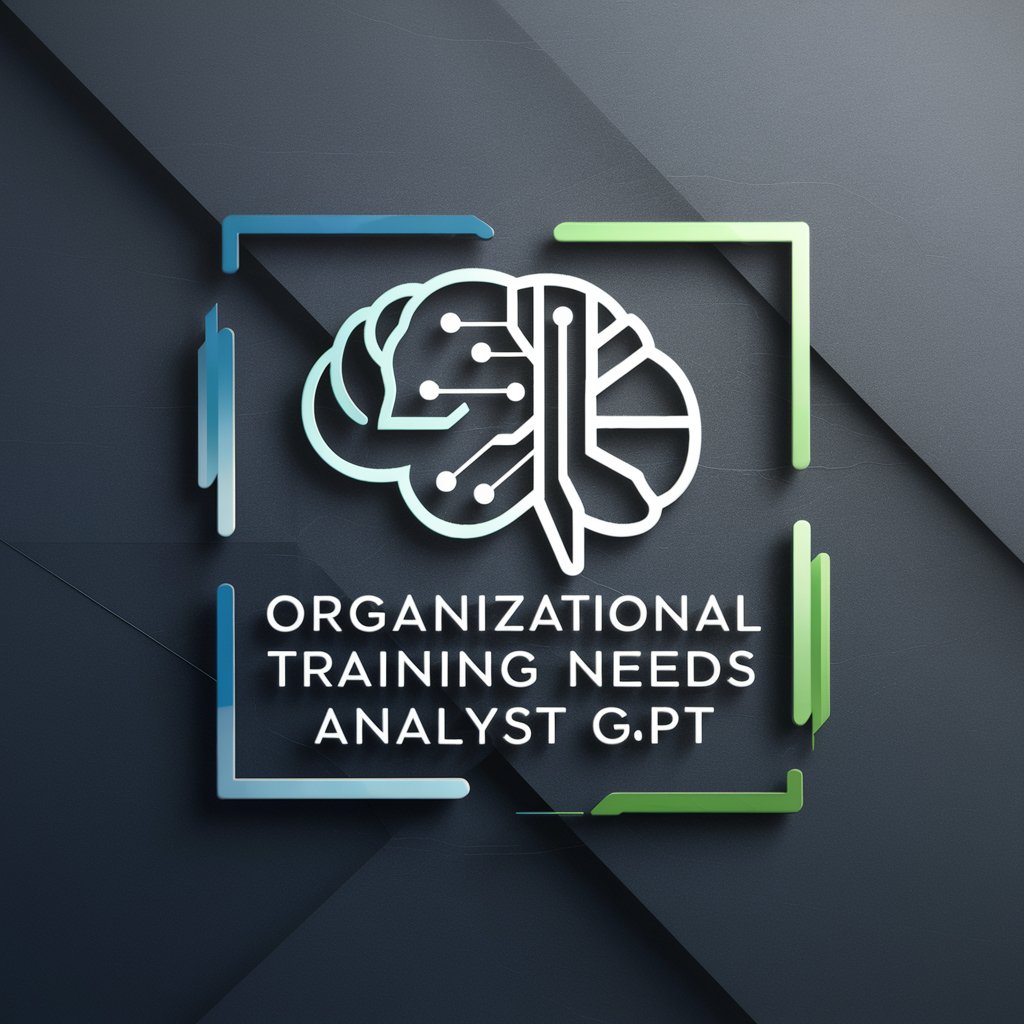
Frequently Asked Questions about Training Blueprint Architect
What is the primary function of the Training Blueprint Architect?
The Training Blueprint Architect is designed to assist organizations in developing effective training programs by identifying skill gaps, creating detailed training plans, and implementing interactive learning methods.
Can this tool help in creating online courses?
Yes, it can guide in the creation of online courses by recommending course content, structure, and delivery methods tailored to your organization's needs.
Is it possible to use this tool for various industries?
Absolutely, the Training Blueprint Architect is versatile and can be adapted to suit the training requirements of different industries and sectors.
How does the tool support interactive training methods?
It supports interactive training by helping design quizzes, simulations, and role-playing exercises, enhancing engagement and learning retention.
Can the tool help in assessing the effectiveness of training programs?
Yes, it includes features for evaluating training outcomes and suggests modifications for continuous improvement of the training programs.
